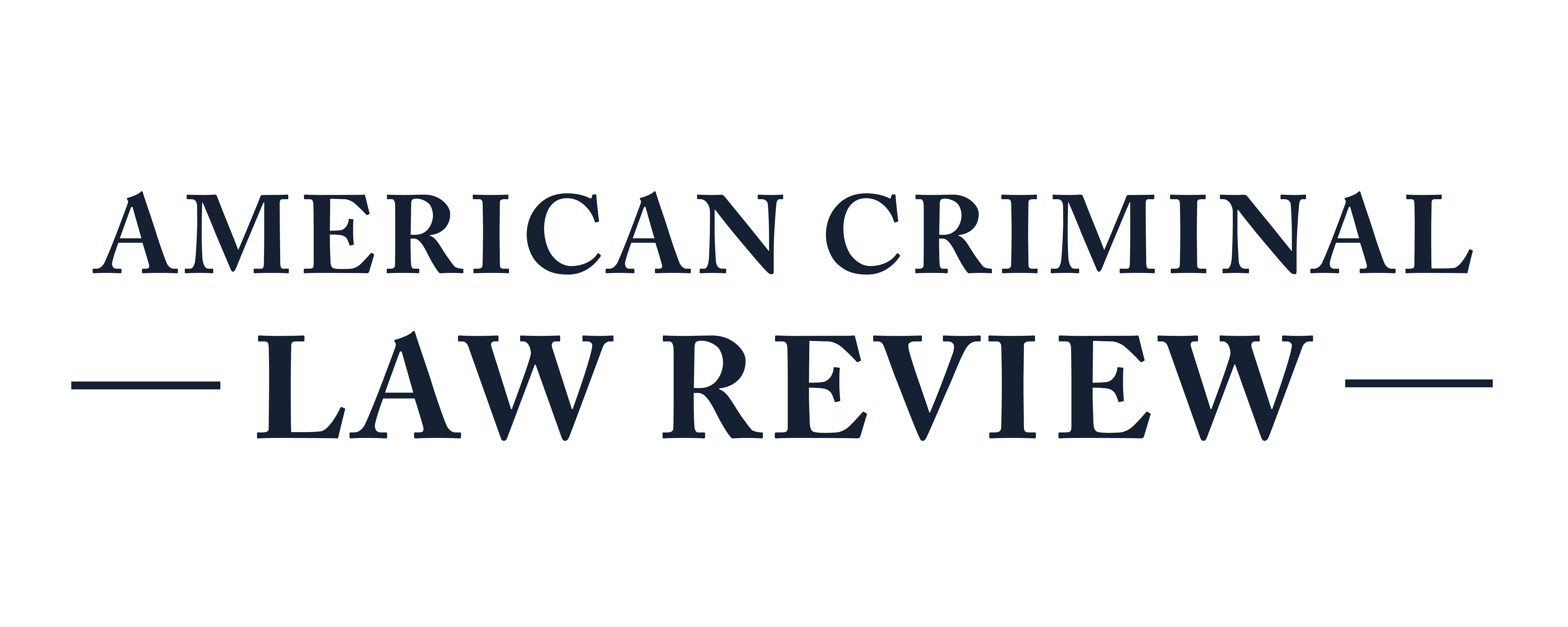Shootings, Security, and Articulable Suspicion: Rethinking the Standard for National Security as a Special Factor Preventing Bivens Recovery
On the night of October 10, 2012, sixteen-year-old Mexican citizen Jose Antonio Elena Rodriguez walked alone and unarmed along the sidewalk of Calle Internacional, a well-traveled road that runs parallel to the United States-Mexico border fence. Jose had just finished an evening of playing basketball with his friends and was traveling his usual route home along Calle Internacional when, without warning, U.S. Border Patrol Agent Lonnie Swartz opened fire directly at Jose. Agent Swartz fired a range of fourteen to thirty shots, hitting Jose approximately ten times from behind. According to eyewitnesses, Jose was fully visible and non-threatening. He did not throw rocks, verbally or physically threaten the U.S. Border Patrol agents, or direct any activity at the United States side of the border at all. After being shot from behind, Jose collapsed on the spot. He died seconds later in a pool of his own blood, just blocks away from his own home.
The United States indicted and tried Agent Swartz for murder, which resulted in an acquittal. Jose’s mother, Araceli Rodriguez, brought a Bivens action in the United States District Court for the District of Arizona against Agent Swartz in his individual capacity, alleging that his use of unjustified deadly force violated Jose’s Fourth and Fifth Amendment rights under the United States Constitution. The district court determined that the shooting was a “seizure” within the meaning of the Fourth Amendment, but dismissed the Fifth Amendment claim. The court also rejected Agent Swartz’s claim to qualified immunity, allowing the case to proceed. In a two-to-one decision, the Ninth Circuit affirmed the decision of the district court. The Ninth Circuit held that, despite the presumption against the expansion of Bivens claims, the Rodriguez action was allowed to move forward because no other adequate remedy was available, the circumstances of Jose’s case gave no reason to believe that Congress intended to withhold a remedy, and no special factors counseled hesitation in extending a Bivens action in the case. Judge Smith dissented, stating that extending a Bivens action to Rodriguez overstepped separation of powers principles and created an unnecessary circuit split. Indeed, Judge Smith called attention to the recent Fifth Circuit decision in Hernandez v. Mesa, reaching the opposite result on facts unnervingly similar to those of Rodriguez.
In Hernandez, a U.S. Border Patrol agent positioned on United States soil fatally shot Sergio Hernandez, a fifteen-year-old Mexican national who was playing with his friends in the concrete culvert that separates El Paso, Texas from Juarez, Mexico. The agent shot Sergio in the face as he peered out from behind a pillar on the Mexican side of the border, leaving Sergio fatally wounded without calling for medical assistance. Note that the Justice Department maintains that Hernandez began throwing rocks at the border agent while he was attempting to cross the border. At this stage in the proceedings, however, the court viewed the facts in the light most favorable to the plaintiff. Among other claims for relief, Sergio’s family, like the Rodriguez family, brought a Bivens action against the agent in his individual capacity, alleging violations of the teen’s Fourth and Fifth Amendment rights. The Fifth Circuit arrived at the opposite conclusion of the Ninth Circuit in Rodriguez, holding that a Bivens remedy was not available for the Hernandez family. The court reasoned that a cross-border shooting provided a “‘new context’ under Bivens and numerous ‘special factors’” weighed against the availability of a Bivens action for the Hernandez family. The Fifth Circuit emphasized that allowing a Bivens action would place a great burden upon the “political branches’ over-sight of national security and foreign affairs” and “would create a remedy with uncertain limits.” Further, the Fifth Circuit concluded that allowing the claim to move forward would stop Border Patrol agents from making “split-second decisions” essential to protecting the borders, thereby hindering the national security interests of the United States.
As of this writing, the Supreme Court has yet to issue a decision in Hernandez. Although the Supreme Court has decided to review whether a Bivens action is available on the facts in Hernandez, the Rodriguez-Hernandez litigations raise to the surface a broader discussion about the unsettling role that national security has played in the discourse around Bivens litigation. Namely, it surfaces the idea that the “special factor” of national security should not only weigh against, but effectively halt Bivens litigation altogether, leaving federal agents with unlimited deference and no limitations on the scope of their so-called “split-second decisions.” Additionally, it highlights the rapid expansion of national security as a special fac-tor preventing recovery under Bivens, showing the apparent lack of standards for the scope of national security as a special factor cautioning recovery under Bivens.
This Note uses the Rodriguez-Hernandez litigations to illustrate the detrimental impact the expansion of national security as a special factor preventing recovery under Bivens will have upon victims of constitutional violations. Additionally, this Note argues for a new, workable standard to explain when the national security special factor can appropriately prevent a Bivens action. The argument proceeds in four parts. First, Part I briefly summarizes the basic requirements for Bivens claims under the clarified framework given by the Supreme Court in Abbasi. Part II then discusses the expansion of national security as a “special factor” preventing recovery under Bivens after 9/11 and its recent expansion to immigration actions. Part III explores the harmful consequences of unlimited judicial deference to federal agents in the name of national security. Finally, Part IV presents a new standard for analyzing national security Bivens actions by advocating for a modified version of the “reasonable articulable suspicion” standard in such cases.
Subscribe to ACLR
